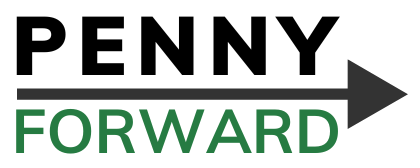Child care is a major expense for families across the United States, and how much you pay depends heavily on where you live. New data shows that some states are far more affordable than others — and for many families, the difference can be dramatic.
Which States Are Most and Least Affordable?
Using the percentage of median family income (MFI) spent on child care, here’s how states compare:
Most affordable states:
- North Carolina (8.48% of MFI)
- South Dakota (8.54%)
- Iowa (8.76%)
- Kansas (8.82%)
- Alabama (9.08%)
Least affordable states:
- Vermont (16.57% of MFI)
- Alaska (15.56%)
- Nevada (15.21%)
- Minnesota (14.89%)
- New Mexico (14.75%)
While Washington D.C. has the highest dollar cost, its higher local incomes make it relatively more affordable than many states.
Why Child Care Costs Vary
Child care prices depend on many factors:
- Local wages
- Licensing requirements
- Availability of centers and providers
- Regional cost of living
- Demand for infant care versus older child care
Infant care tends to be the most expensive due to staffing ratios and higher supervision needs.
How Families Can Save on Child Care
While child care may always be a significant cost, there are ways to reduce the burden:
Child and Dependent Care Credit
Families can claim a federal tax credit for eligible child care expenses. To qualify, complete Form 2441 with your tax return.
Nanny Shares
Sharing a nanny with another family can reduce costs while still providing personalized care. For example, a nanny charging $20 per hour for one child may charge $22 per hour for two — allowing each family to pay only $11.
Regular Budget Check-Ins
Child care can shift as children grow or schedules change. Reviewing your budget helps you decide whether to adjust spending or explore new child care options.
Child care may always be a large part of a family’s budget — but with tax credits, shared-care options, and ongoing budgeting, families can manage the cost more effectively.

Leave a Reply